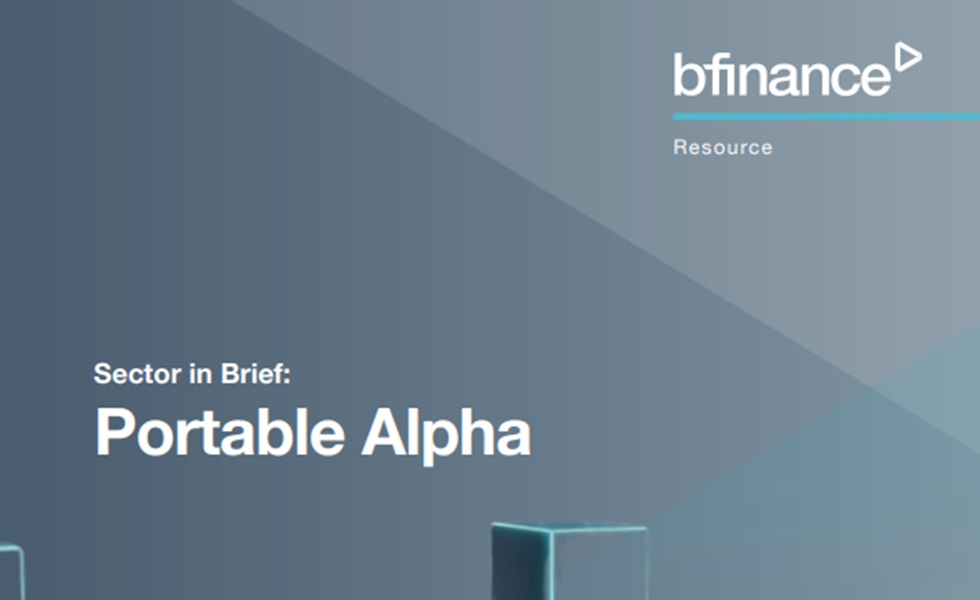bfinance explores portable alpha resurgence as managers respond to growing investor demand
bfinance explores portable alpha resurgence as managers respond to growing investor demand

Independent investment consultancy bfinance has released a new paper focused on Portable Alpha, highlighting a notable resurgence of this strategy as institutional investors seek to enhance returns and improve capital efficiency without disrupting core market exposures.
The new paper, authored by Toby Goodworth, Managing Director, Head of Liquid Markets, and Chris Stevens, Senior Director, Diversifying Strategies, explores the role portable alpha is increasingly playing in helping investors enhance return potential from liquid assets without disrupting strategic beta exposures. It highlighted that the current visible universe of portable alpha products could be up to four times larger if all proposed or in-development strategies were brought to market.
Toby Goodworth said: “We’re seeing a strong acceleration in appetite for portable alpha, and importantly, that demand is being met with supply-side innovation. As investors face mounting pressure to make liquid assets work harder, these solutions provide an efficient route to incorporate uncorrelated alpha without compromising on core exposures.”
Once the preserve of large, sophisticated investors with bespoke infrastructure, portable alpha has become significantly more accessible. Managers are increasingly offering turnkey structures—such as portable alpha share classes or dedicated funds—that eliminate the need for complex overlays or collateral management by the investor.
Chris Stevens added: “One of the most interesting developments is how much more accessible portable alpha has become. Where this approach was once a niche option, we’re now seeing scalable, off-the-shelf offerings that suit a much broader range of institutions.”
The paper also offers historical context, looking at the pitfalls that challenged some portable alpha strategies in the years preceding the global financial crisis. It highlights how lessons around leverage, liquidity, and correlation have been absorbed in today’s more risk-aware implementation landscape.
Click on the link below to read the full paper:
